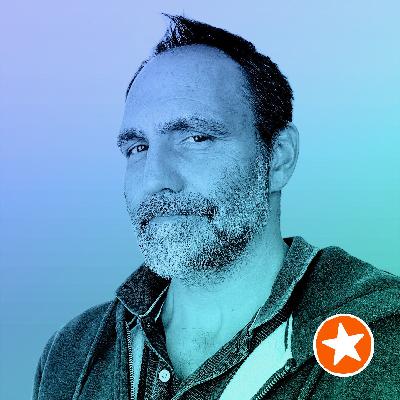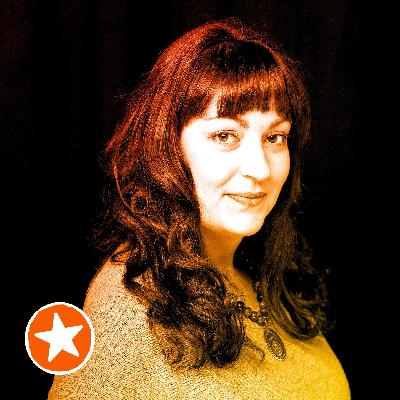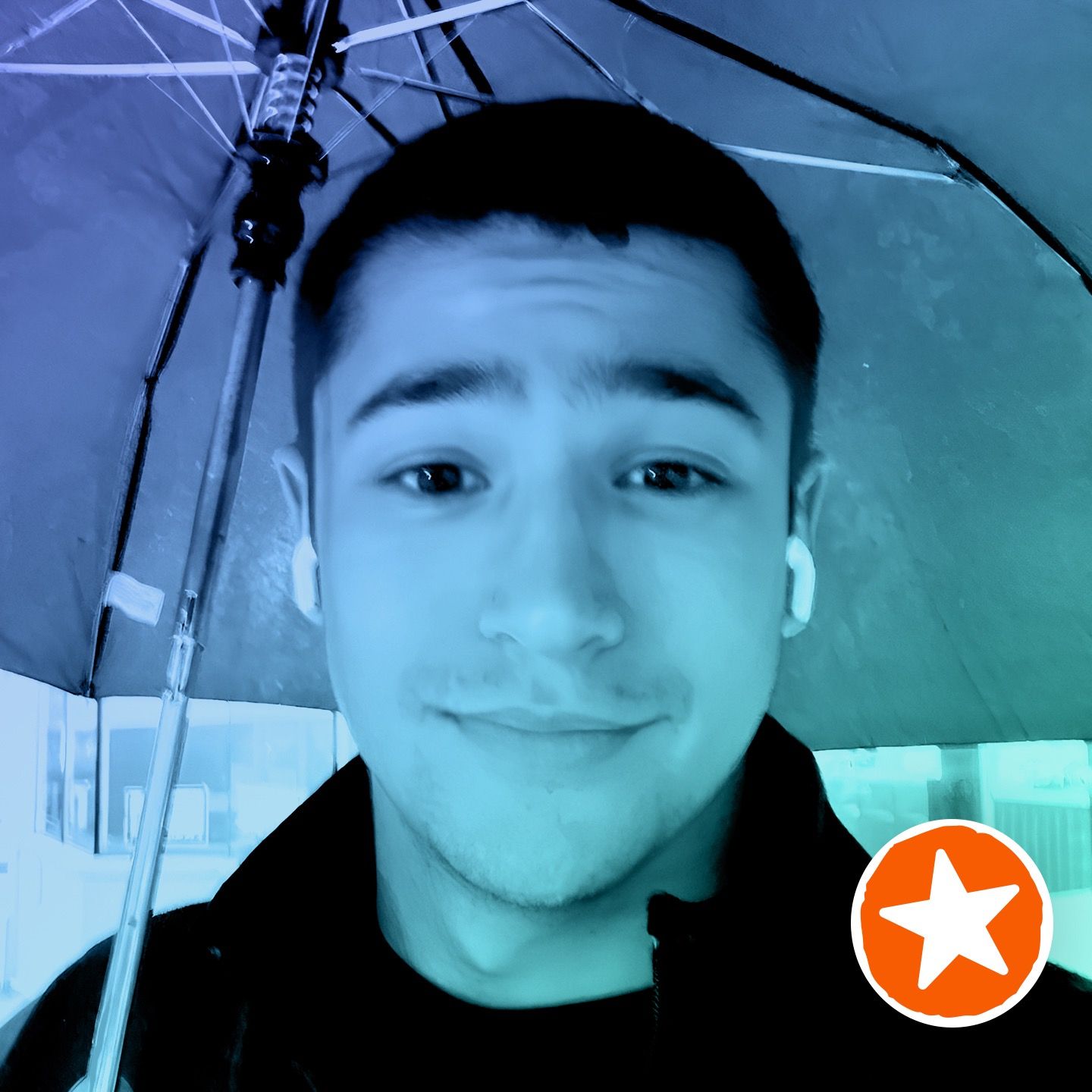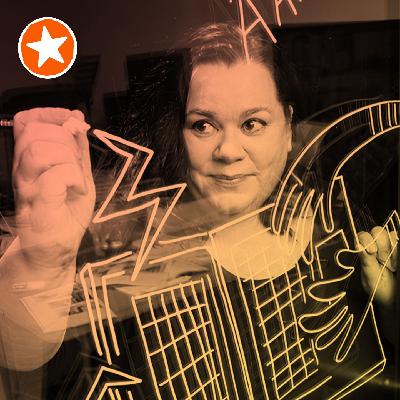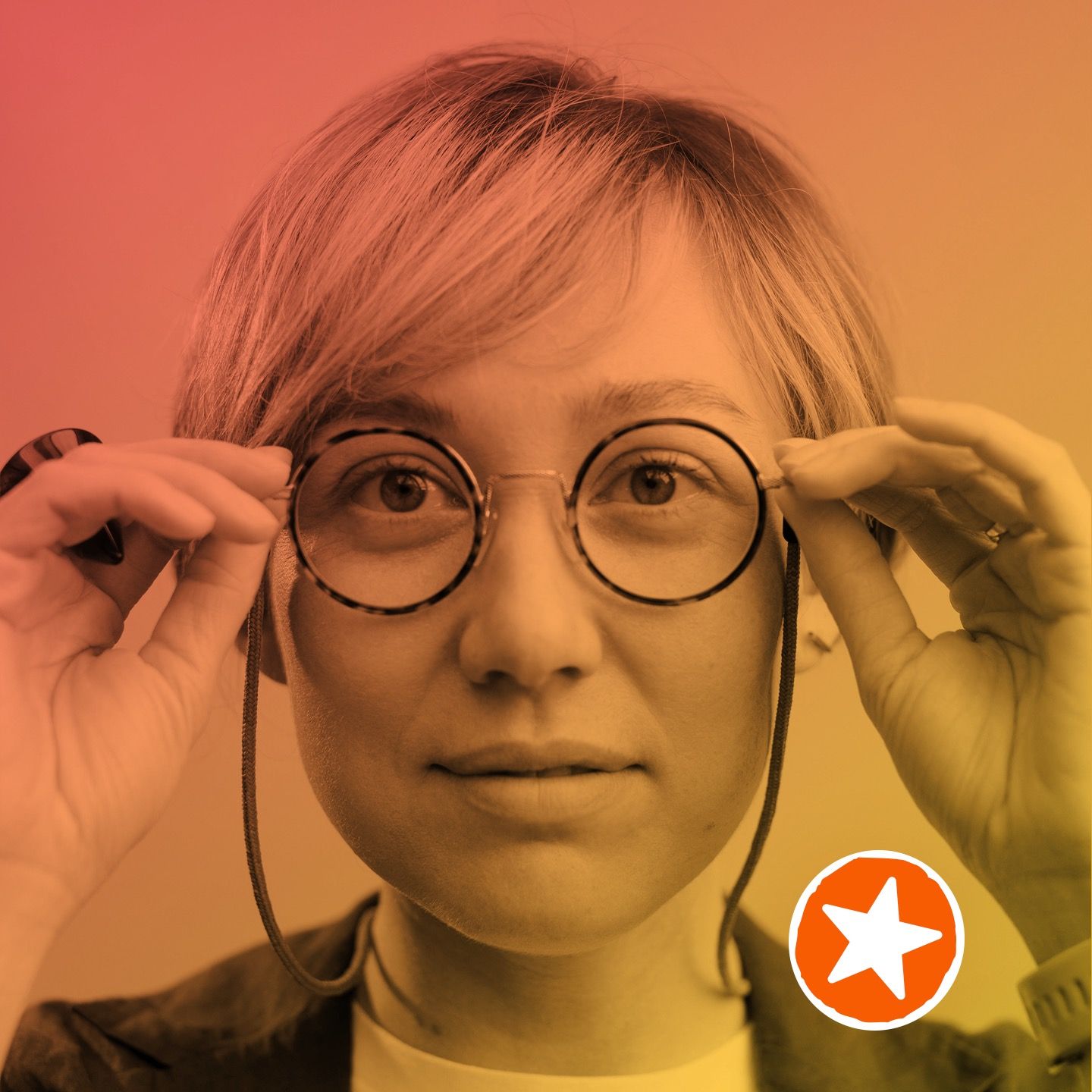Andrew Park transforms complex ideas into compelling visuals - S17/E03
Description
In this episode, Andrew Park shares how he crafts connected narratives across space and time using a range of tools. As the creator of the RSA Animate whiteboard animation series, Andrew shares how he’s used visuals to enhance learning in business and education.
Sponsored by The Reflective Travel Sketchnote Workshop Video
Have you ever wanted to create travel sketchnotes from an experience you’ve had, just using the photos and memories you’ve got?
In the Reflective Travel Sketchnote Workshop Video, I’ll guide you through my process for creating travel sketchnotes and then help you reflect on your own photos and memories so that you can make travel sketchnotes of your own trips, too!
This 2-hour recorded video includes a set of downloadable, printable sketching templates and a process to kickstart your own travel sketchnoting practice.
All this for just $20.
https://rohdesign.com/travel
Running Order
- Intro
- Welcome
- Who is Andrew Park?
- Origin Story
- Andrew's current work
- Sponsor: Concepts
- Tips
- Tools
- Where to find Andrew
- Outro
Links
Amazon affiliate links support the Sketchnote Army Podcast.
Tools
Amazon affiliate links support the Sketchnote Army Podcast.
- Whiteboard paint
- Red and black Office marker pens
- Staples Whiteboard
- Moleskine sketchbook
- Leuchtturm sketchbook
- Photoshop
- Wacom Cintiq tablets
Tips
- Use thinking visual German to go through ideas or solve problems.
- In a visual way, don't procrastinate, just draw, create.
- Don't be too precious with stuff. Find what works for you.
Credits
- Producer: Alec Pulianas
- Shownotes and transcripts: Esther Odoro
- Theme music: Jon Schiedermayer
Subscribe to the Sketchnote Army Podcast
You can subscribe to the podcast through iTunes, Google Podcasts, Spotify, Amazon Music, YouTube or your favorite podcast listening source.
Support the Podcast
To support the creation, production, and hosting of the Sketchnote Army Podcast, buy one of Mike Rohde’s bestselling books. Use code ROHDE40 at Peachpit.com for 40% off!
Episode Transcript
Mike Rohde: Hey everyone, it's Mike and I'm here with Andrew Park. Andrew, welcome to the show. Thanks for coming.
Andrew Park: Thanks for having me on. It's a real pleasure.
MR: We were chatting probably longer than I should have chatted with Andrew before the recording 'cause I'm a huge fan. So I'm excited to have you on. I think there's lots of fans who probably are in this podcast or watching the video that—and we were talking about that a little bit. The idea of when you do something that's notable, often you're blind to the impact on other people. I know that I am. I occasionally get these emails in, like, "Your book changed my life." Like, oh, really? It was just a book to me. So welcome to the show. And I guess we'll just start off, tell us a little bit about what you do for your day job. I guess I know you as the RSA animate illustrator or animator.
AP: Yep.
MR: Or both, I guess. Obviously, you do more than that, so I'd love to hear what you do.
AP: Yeah, it's misnomer. Actually. I'm not a very good animator. I know the principles of animation, but I have a really talented team that actually bring my drawings to life. If I was gonna say anything, I probably would class myself as a cartoonist. Cartoonist illustrator. But then I'm a visual thinker as well. I know how to sort of join up concepts and, you know, build maps of things. A joined-up thinking cartoon is possibly, it's a bit of a mouthful, but that's kind.
So in my day jobs, obviously, the RSA films were quite successful and it enabled me to build a company around the methodology. So in about 2008, we developed the methodology, the process. It weirdly hadn't existed before. There were a couple of little smatterings of it out in the world. I think they did, I think a UPS commercial used a whiteboard and had a guy drawing on it as a commercial, I think, early on.
MR: Yeah, I remember that.
AP: But the genesis of it was graphic recording or scribing. That's where I learned how to put my pictures together. And then literally had a camera over my shoulder. I think that hadn't been done before, surprisingly. And I think one of the innovations of that, and it wasn't me that came up with it, was actually RSA themselves. They sent me a video of someone taking notes in a journal for the New York Library, and they'd sped the hand up. It was really interesting actually. I thought that's the missing component, because I was trying to literally draw these things live, fast which wasn't really working. I had the missing thing in my brain that why can't I draw a hundred miles an hour? And I literally couldn't work out, oh, you can speed it up. It's video. You know?
MR: Yeah.
AP: So once I saw that, it all sort of fell into place. There's an author called Steven Johnson. Do you know him? Where Good Ideas Come From?
MR: I need to find that book now.
AP: It's really good. And he talks about ideas don't come as eureka moments. They often come as slow hunches. You know, they build, they bubble up and things percolate. And I think in terms of the RSA anime, that's kind of what happened. I've been working, scribing, capturing conversations live, graphic facilitation, graphic recording. And then when you then put a video component in that and think, well, how do I make that work?
The hand from the New York video, New Library video was the, the kind of thing as a catalyst that made me think, here's how it could work. And then if you notice from the early RSA animates, they're really ropey, really rough, really handmade, if you like. And then as we've gone through, they've become more refined and more, you know, you just start thinking, oh, how, what can I do with these things? How can I—
MR: Process, yeah.
AP: So my day job now, is trying to talk about this stuff, extend it in the community. You know, people were interested in how visual thinking can help them. I work with companies and work with businesses to tell the stories. On the back of the RSA films clients came to us and said, "Hey, we want one of those. This seems like a really good way of telling our story." So yeah, over the last, ooh, 20 years now, building a company. I'm really proud of the team I've got. I've got some really fantastic visual thinkers and illustrators, animators that have taken it in their own direction. You know it's not just—I practice it in my way, but then the company has lots of different flavors of how that—
MR: That's nice.
AP: -kind of permeates the role. So, yeah, I'm really proud of those guys. There's some fantastic visual thinkers in Cognitive.
MR: That kind of gives your clients a menu in a sense, right? So you can show them different styles. Is that something that they think about?
AP: Yeah, I mean, there's a stylistic overlay that can go across the films, but if we're gonna talk about the methodology of whiteboard animation, it has the same DNA at its foundation which is showing information in space so that you can see the relationships between things.
MR: Yes. Yeah.
AP: Taking people on a narrative or a journey. There's lots of zooming in and zooming out.
MR: Keeping the focus, holding the focus. Yeah.
AP: Keeping the focus. I mean when we do plan stuff out, we are often—you know, you build the big map and you show a client the end state, it's really overwhelming for them. And then you say, don't worry, it's not gonna do that. We're gonna take you right into the beginning. And things draw and they build up in time. So what we have to do in the way that we work, is to have that end-state in mind when we build stuff. I suppose with Sketchnoting, you know, you are building it in time live, right?
MR: Yes. Yeah. Typically, yeah.
AP: Yeah, that's what you do. Whereas we would probably plan it to end up with that end-state, and almost then erase all that, and then go back to the beginning and—
MR: Work backwards. Yeah.
AP: -work backwards. Yeah. So that's how it kind of works.
MR: I was mentioning when we first chatted before we recorded that the first thing I thought when I saw the RSA—I don't know which one

